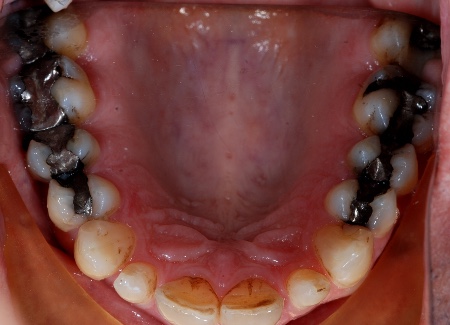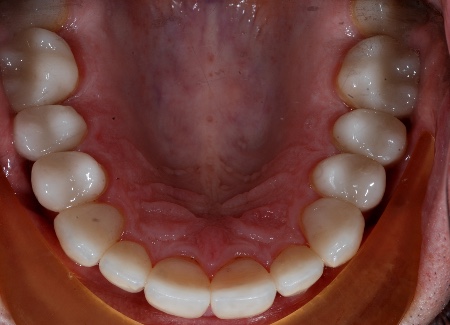
Visual aesthetics and health concerns are common reasons people request amalgam fillings removal. Good reasons for getting rid of those big, black fillings.
Amalgam fillings removal is a common request. Amalgam fillings have been used since the 1800s and are well tolerated by most people. However, a proportion of people experience health complaints, which they attribute to amalgam.
The possibility that a small fraction of the population may have predispositions to rare adverse reactions to dental amalgam cannot be ruled out. (1)
For decades, amalgam fillings have been extensively used in the treatment of tooth decay. Dental amalgam consists of approximately 50% metallic mercury mixed with an alloy mainly consisting of silver, tin and copper. (2)
NZDA says amalgam removal unnecessary
NZDA policy is that amalgam fillings which contain mercury are safe and there are no toxicity reasons for amalgam removal.
There are, however, anecdotal cases where patients have made significant health improvements following the removal of their amalgam fillings.
Amalgam fillings removal – other considerations
- Visual appeal – amalgam fillings are usually black and teeth are white.
- If your teeth have fillings that are around 50% of the tooth structure, particularly when the filling runs from one side of the tooth through the middle to the opposite side, then your tooth is significantly weakened. These teeth should be restored with bonded porcelain or gold.
Clearly, porcelain is tooth coloured and gold is gold. Smaller fillings can usually be replaced with composite resin satisfactorily.
If you wish to have your amalgam fillings removed, we are happy to help you. When we first see you we assess which of your teeth are heavily filled and at risk of stress fractures. These teeth can then be restored as part of your dental program. This is a good thing to do even if you are not concerned about amalgam.


Talk to us about amalgam fillings removal…Phone 360-2475 » (click to call) |
References
- Needleman HL. Mercury in dental amalgam – a neurotoxic risk? JAMA. 2006;295:1835–1836.
- Powers J, Sakaguchi R. Amalgam. In: Powers J, Sakaguchi R, editors. Craig’s restorative dental materials. 12th edn. St. Louis: Mosby Elsevier; 2006. pp. 235–267.
